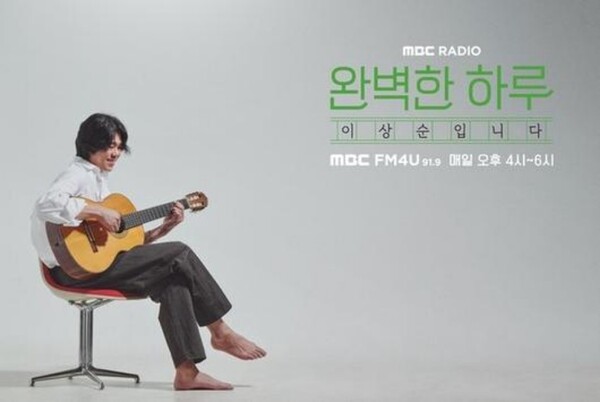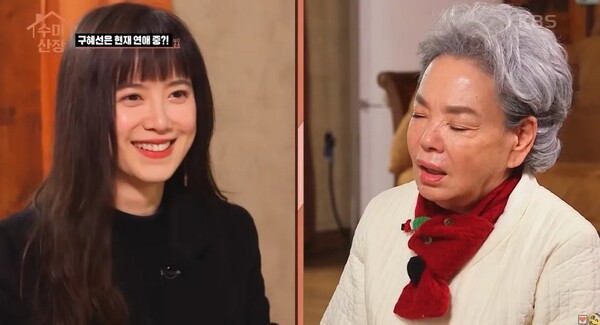
What is the semiannual application and semiannual payment date?
2019-12-15 01:11:15

The certificate of supply and demand can be printed by the National Tax Service's Hometex government24.
Certificates of receipt of labor incentives can be printed at the National Tax Service's Hometex or Government24.
Issuance is also possible at unmanned dispensers located at stations and ward offices.
Earnings allowances must be held face-to-face at the bank in order to open an account.
The incentives for work incentives are a certificate of receipt and receipt of work incentives.
If the bank to open a savings account is a new visiting bank and you do not have a bank account, you should prepare the money to be put into the savings account in cash.
Savings incentives for workers' incentives include KB Kookmin Bank KB Happy Happiness (1 year, KRW 10,000 ~ 500,000), direct debit rate 6.45%, passive debit rate 5.45%, NH Bank NH Hope Filling Account (6 months ~ 3 years, 10,000 won ~)
500,000 won, maximum interest rate 5.15%), Suhyup Bank SH Happy Future Savings (3 years, up to 200,000 won, 4.5%), Shinhan Bank Shinhan Sae Hope Savings (3 years, up to 200,000 won, 4.5%).
The payment date for work incentives is within four months of the month of application if the application is filed after the deadline.
If you apply at the end of June, payments will be made in late October as of June.
If you want to check the exclusion of work incentive payment, you can go to the work incentive review status page on the home tax homepage of the National Tax Service, press Inquiry / Issuance and check the status of the review.
In the case of single-family households, they live separately from their family, but if they do not file a transfer, their parents' assets are often added up and excluded from payment.
In the event of fraudulent manipulation of documents or incentives for work incentives, payments must be suspended for less than five years and fined three times more.
If you are eligible, you will be notified by mail or email.
You can apply for incentives from the homepage of the National Tax Service's home incentives or visit the tax office.
If you receive an individual application guide, you can apply by ARS or mobile phone.
Inquiries can be found on the IRS Home Tax Work Incentives page.
It supports the function of calculating labor incentives and child incentives from the home tax simulation calculation page of the IRS.
The semi-annual application is a system implemented from 2019 to apply for and pay semi-annual labor incentives based on the current year's income, only for those earning income that can be identified semi-annual.
The half-term payment date for labor incentives is the application period for first-half income from 2019. 8. 21. ~ 2019.
9.10 The payment period is due in December 2019.
Application period for income in the second half of 2020. 2. 21. ~ 2020.
3. The payment will be made in June 2020.
The payment is 35% of the estimated amount.
It is a work-related income support system that encourages working and supports real income by providing labor incentives for households and workers (except professional workers) who work hard but have low incomes and whose wages are calculated according to household composition and gross salary.
.
Eligibility for work incentives includes single households without dependents, spouse's total salary less than 3 million won, single-family households with spouses, dependent children under 18 years of age, and parents who are 70 years of age or older living together.
Among households with more than 3 million won, this includes households with spouses, dependent children under 18 years of age, and households with parents over 70 years of age living together.
The incentive for working incentives must be an income resident and the property requirement is eligible if the total amount of property owned by all household members is less than 200 million won.
Gross income requirements should be less than 20 million won for single households, less than 30 million won for single-family households and less than 36 million won for single-family households.


![[Salty Man] Kim Jong-kook reveals his unique taste in underwear once again after wearing thongs!](https://kroamer.com/upload/trending/thumb-20241023180205_0_600x506.jpg)



![[Global Donation Show W (Double-U)] ‘Global Donation Show W’ returns in October with a warm story for fall.](https://kroamer.com/upload/trending/thumb-20241028105751_0_600x1688.jpg)

